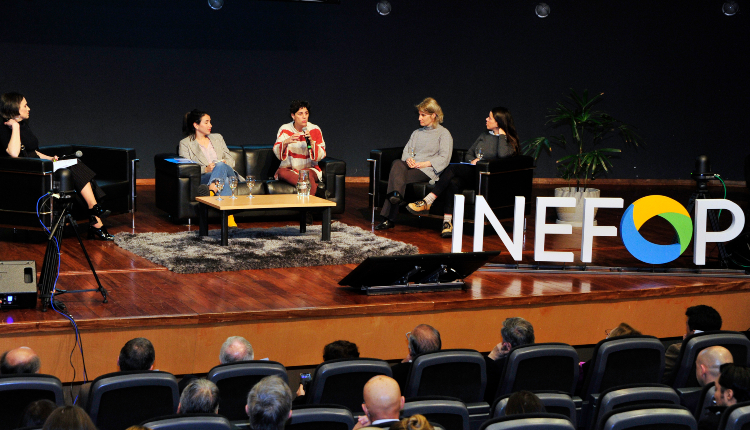Last year 438,992 people received remittances from abroad35.3% of them belong to the fifth quintile and 25.8% to the fourth, that is, to the percentages of the population that receive higher incomes.
While the third quintile received 19% of remittances and the second 12.7% and the first quintile 7.2%. This quintile represents the population that receive less income, according to data from the Central Bank. Quintiles represent segments of the 20% population.
In 2021, remittances reached US$10,402.5 million, an amount US$2,183.2 million higher than that received in 2020, registering 26.6% year-on-year growth and exceeding 46.8% in 2019, prior to the pandemic.
Can read: Economy grew 5.8% June and 5.6% first semester
In January-June of this year, remittances were US$ 4,861.1 million, with a decrease of 7.6% in relation to the same period in 2021, but exceeding 40.6% in 2019. In June, US$ 803.8 million were received, which exceeds the received in that month in 2019 with US$ 587 million and US$ 737.9 million in 2020, but a figure less than US$ 869 million on the same date in 2021.
The Central Bank estimates that at the end of 2022 some US$ 10,000 million would be received for this concept.
By quintiles
Of the 438,992 people who received remittances in 2021, 107,930 were from the fifth quintile; 105,749 from the fourth quintile; 94,220 from the third quintile; 75,845 from the second quintile and 55,247 from the first quintile.
In the first half of this year, 84.7% of remittances were from the United States; from Spain 6.4%; Haiti 1.2% and Italy 0.8%. The rest of Switzerland, Puerto Rico, Panama, Germany, France and Canadaamong others.
53.6% of remittance recipients are men and 46.4% are women. On the same date, 33.1% went to the National District; 14.8% to Santiago; 8.3% to Santo Domingo; 5.8% to Duarte; 3.9% La Vega; 3.5% to Peravia and 2.8% to San Cristóbal, followed by Puerto Plata, Espaillat, San Pedro, among others.


















